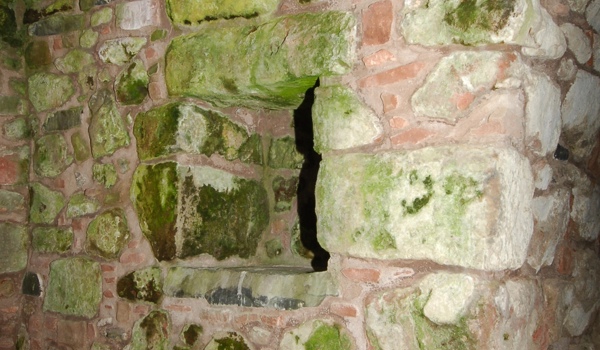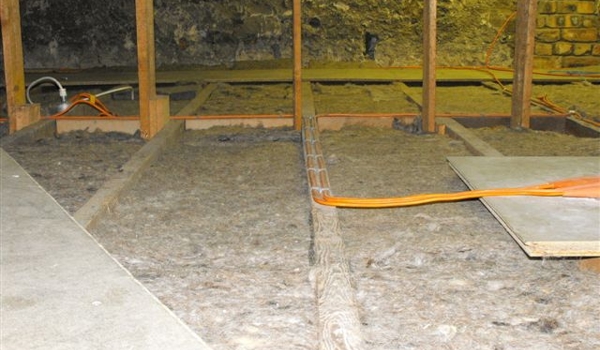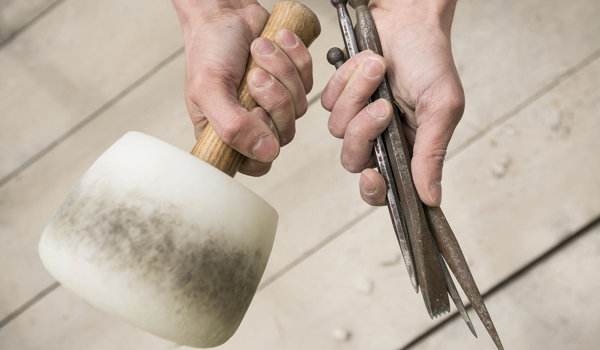How to insulate stone walls
Wall insulation options
Wall insulation options
Modest changes to the internal surface of masonry walls can really improve their thermal performance.
Some such insulation methods:
- are in line with good conservation practice
- cost relatively little
- cause minimal disruption to occupants
- allow existing internal linings and finishes to be kept
Traditional mass masonry walls let moisture vapour move through the fabric. Any insulation – and any finishing applied over it – mustn't hinder this. Creating a vapour barrier could lead to moisture build-up and masonry decay.
It’s important to consider the location and exposure of a building when thinking about insulating walls. For example, it may be better not to treat walls that are very exposed to wind driven rain but to invest instead in external detailing improvements to better manage this issue.
Internal upgrade options
Internal insulation can be either:
- blown behind existing wall linings
- applied on existing wall linings
- applied directly to masonry or plaster
- held in place by timber framing
The method you choose will largely depend on the extent of any original fabric and its condition.
Where lath and plaster survives, there is normally a cavity between this and the masonry wall.
Where original linings have been lost, more recent dry linings can be removed and replaced with insulation. This can either be applied ‘on the hard’ (directly to the masonry) or the wall can be framed with timber to hold insulation in place. Thinner materials such as calcium silicate based insulation board and aerogel based blanket are best applied directly to the masonry. Thicker materials, like fibreboard and hemp board, are best held in place with framing.
Thermal or cold bridges should be avoided as far as possible when insulating a wall. These are formed at the meeting point of surfaces that lose heat at different rates, and can lead to condensation and possible decay.
Suitability for external wall insulation
Insulating material can rarely be applied to the external face of masonry. This may be appropriate, for example, if the render or harling on a building has failed.
External wall insulation is unlikely to suit many traditional buildings, as its use would obscure high quality ashlar work or an attractive façade. It can also be difficult to detail external insulation, e.g. at window and door openings.
- Previous
-
Where to insulate first
- Next
-
Insulating behind lath and plaster walls





